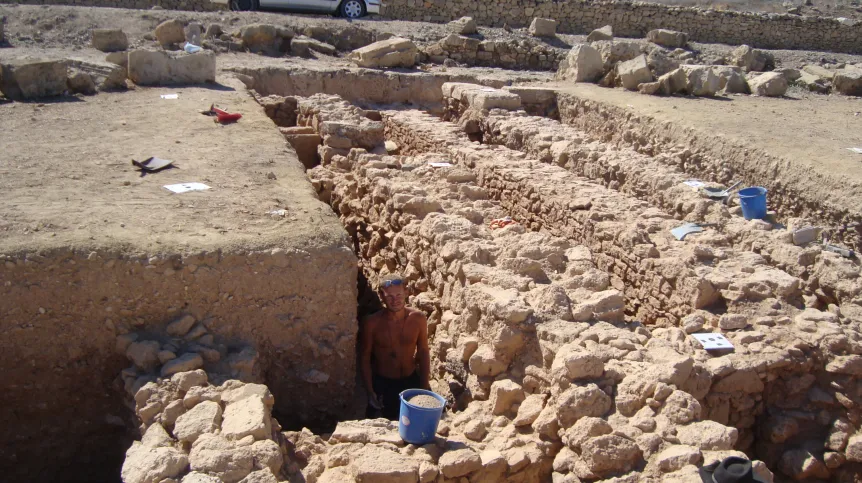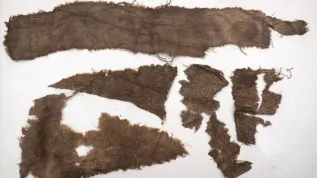
Success of Polish archaeologists in Cyprus. After four seasons of excavations they managed to locate the agora, the central square of the ancient city of Nea Paphos, founded at the end of the fourth century BC. The town of Paphos was included in the official UNESCO list of cultural and natural treasures of the world\'s heritage in 1980.
"Fragments of two large public buildings in the area of the city center are our most important discoveries this year. One of them is probably a temple, the other probably served as a warehouse. Both were very well built" - reported Prof. Ewdoksia Papuci-Władyka, head of the expedition from the Institute of Archaeology, Jagiellonian University in Krakow.
Such structures were always in the area of agorae - squares surrounded by places of worship and administrative buildings. They were also places of trade and discussions on public matters. Agorae were designed on the set of rectangles. They were often surrounded by porticos.
At the eastern entrance to the agora, archaeologists studied the interior of ancient well. The structure turned out to be an information treasure trove for researchers, as it was filled with fragments of broken vessels and other objects. Excavations were made difficult, however, by groundwater at a depth of 6 m. Archaeologists used a pump provided by firefighters from the local unit.
"When the well was no longer in use, it served as the trash: it was mainly filled with broken vessels and kitchenware. Inside we also found fragments of statues and coins" - described Prof. Papuci-Władyka.
Perhaps during play, metal sling bullets decorated with representations of scorpions and lightning fell into the well. According to the ceramologists’ analysis, all vessels from the well come from the Hellenistic period - from the end of the second century BC to approx. half of the first century BC, that is, from the time of use of the newly discovered agora.
"This tells us what kind of dishes and vessels were used for eating and storing food. They include elegant tableware decorated with engobe and terra sigillata - pottery with red glossy surface slips. They testify to the wealth of the residents of Paphos" - added head of the project.
Polish archaeologists use modern measurement and documentation methods on a large scale. Specialists from AGH University of Science and Technology in Krakow conducted laser scanning of archaeological excavations, and researchers from the Institute of Geography of J. Kochanowski University in Kielce - GPR prospection of the whole area of agora. Archaeologists used the institute’s drone to photograph the site from the air.
This year\'s work lasted from August to October. A record number of 60 people were involved, including employees of the Jagiellonian University Institute of Archaeology, students and volunteers.
Paphos is one of the most important archaeological sites in Cyprus. In the Greco-Roman period it was the capital of the island. Since 2011, research there is conducted by the Department of Classical Archaeology of the Jagiellonian University Institute of Archaeology under the supervision of Prof. Ewdoksia Papuci-Władyka, as part of the Paphos Agora Project.
PAP - Science and Scholarship in Poland
szz/ mrt/ zan/
tr. RL













